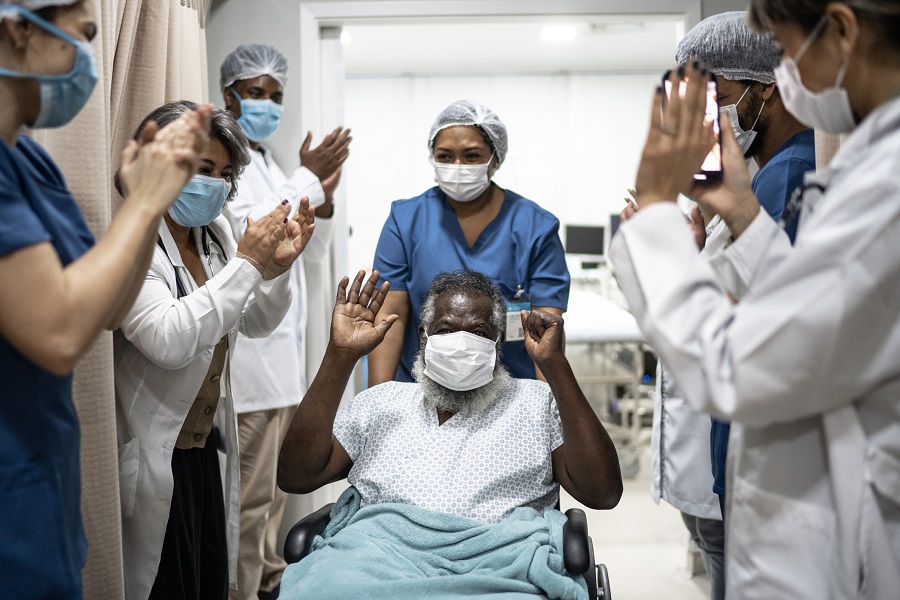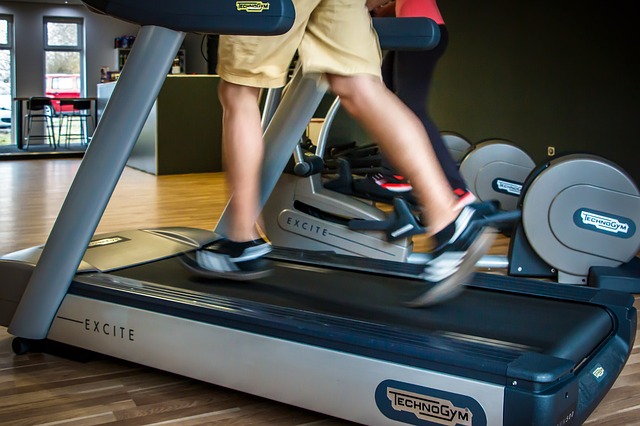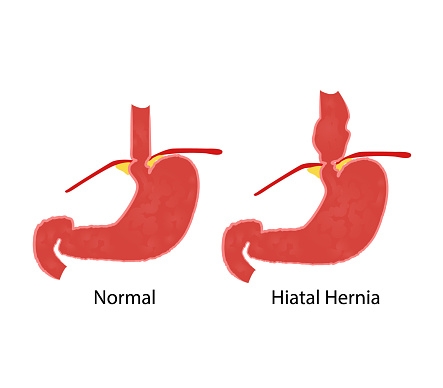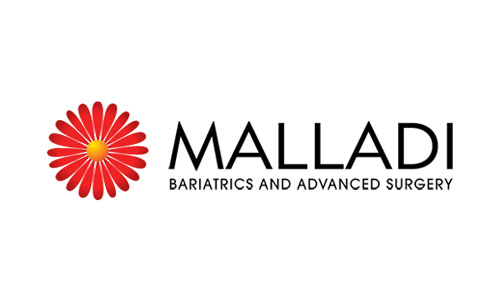Laparoscopic Surgery Explained – Types, Advantages, and Methods
Laparoscopy is a prevalent way to handle many procedures, including surgeries. Operations that would have previously required open wounds and significant recovery times can now be handled as outpatient procedures, making laparoscopy a valuable tool.
In this post, we’ll discuss the basics of laparoscopic surgery, its advantages, and the kinds of procedures it can be used to perform.
What Is Laparoscopic Surgery?
Laparoscopic surgery—also called keyhole surgery—uses a small camera called a laparoscope to allow doctors to see areas inside the body. A laparoscope may be inserted through a small incision to allow a surgeon to work on tissues that would normally require large cuts to access.
A few small keyhole-like incisions in strategic spots give multiple points of access for the laparoscope as well as the doctor’s tools, making it a very precise and effective way to perform various surgeries.
Advantages of Laparoscopic Surgery
The nature of laparoscopy makes it highly beneficial for patients. The advantages of laparoscopic surgery include the following.
Less Discomfort
One of the primary advantages of laparoscopic surgery is the fact that it ultimately translates into less discomfort for the patient. Rather than wide incisions, laparoscopy allows surgeons to work with much smaller cuts, and those cuts hurt less, result in less blood loss, and ultimately improve the comfort level for the patient during recovery.
Fewer Complications
The lack of open wounds also translates into fewer complications. Postoperative complications related to the wound itself—such as infection, wound separation, and incisional hernias—are less prevalent, as is the chance of infection. Less moisture is lost from internal areas as well, which can further prevent certain complications from arising.
Shorter Recovery Times
Smaller wounds also result in shorter recovery times. The wounds themselves take less time to close, and there’s less blood loss for patients, making recovery easier. Several laparoscopic surgeries can be done as outpatient procedures, requiring relatively little time in the hospital. There’s also a lower risk of a wound opening, making recovery at home a bit less tedious.
More Cost Effective
One final advantage that stems from certain surgeries is the fact that laparoscopic procedures are often more cost effective than their open surgery counterparts. For instance, one study found that laparoscopic gallbladder removal could save more than $3,000 over open surgery. Not all surgeries see these kinds of cost savings, but it does show that laparoscopy has very practical benefits for patients and surgeons alike.
Examples of Laparoscopic Operations
By 2013, laparoscopy was used in the vast majority of bariatric (94%) and antireflux (83.7%) surgeries. It also saw widespread use in other operations, such as appendectomy, colectomy, and hernia repair.
In Dr. Malladi’s practice, the types of surgeries that are done laparoscopically include:
- Gastric bypass and other bariatric surgeries
- Hernia repair
- Cholecystectomy (gallbladder removal)
- Reflux surgeries such as LINX installation or Nissen Fundoplication
Other general surgeries can also be done with the use of a laparoscope.
What to Expect During Laparoscopic Surgery
If you’re anticipating visiting a surgeon for a laparoscopic procedure, here’s what you can usually expect.
Preparation for Laparoscopic Surgery
Preparation ultimately depends on the kind of surgery, but you can usually expect some dietary restrictions prior to going under. Blood-thinning medications and smoking may also need to be avoided for a few days before surgery.
During the Surgery
Laparoscopic surgery is usually done under general anesthesia, and it typically lasts a few hours. During surgery, your surgeon will make a small incision near your belly button, and your abdomen will be inflated with gas. A laparoscope is inserted afterward. Other incisions may be made to give access to tools depending on the surgery.
Post-Op and Recovery
In many cases, you’ll be able to go home immediately following surgery. Grogginess is common, so having someone drive you home is advised.
It’s important to keep the incision wounds clean until they fully heal. Get plenty of rest to allow your body to recover. Some surgeries, such as gastric bypass, may involve significant dietary limitations, so make sure you follow your surgeon’s instructions.
Bloating and cramps are common. Walking around a little can help, but these symptoms usually vanish after a few days. Normal daily activity can typically be resumed after a few weeks.
If you experience a fever, increased pain, continuous vomiting, chills, swelling around the wounds, or a burning sensation when urinating, contact your surgeon immediately.
Laparoscopic Surgery in Dallas, TX
In general, laparoscopic surgery is a safe, effective, and efficient way to carry out minimally invasive procedures. If you are in need of a surgeon in the Dallas area, contact Dr. Malladi Bariatrics & Advanced Surgery for a consultation.







